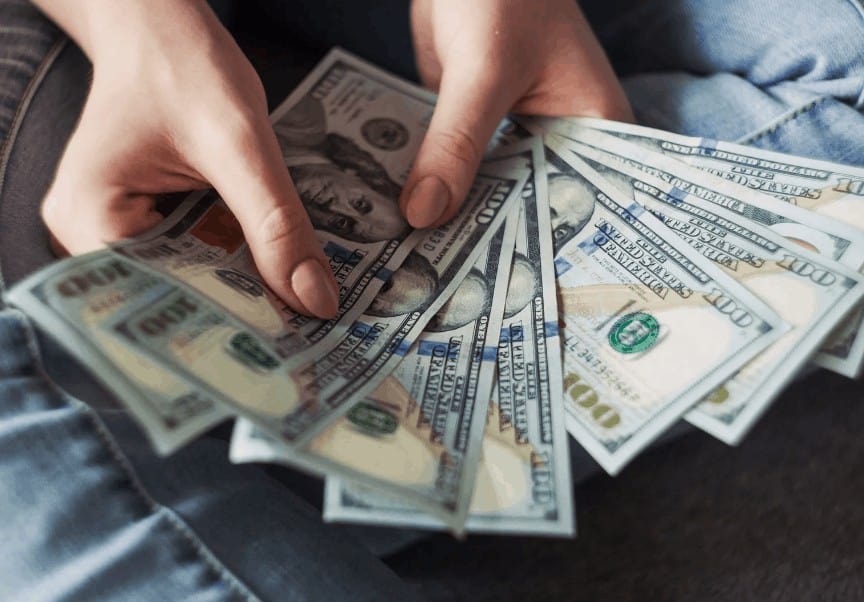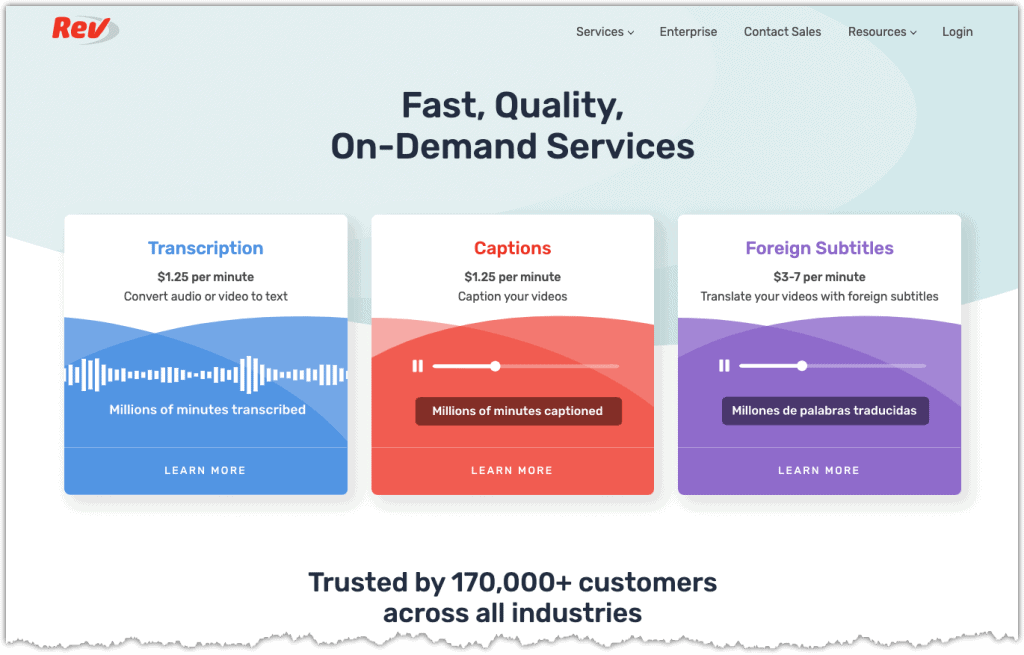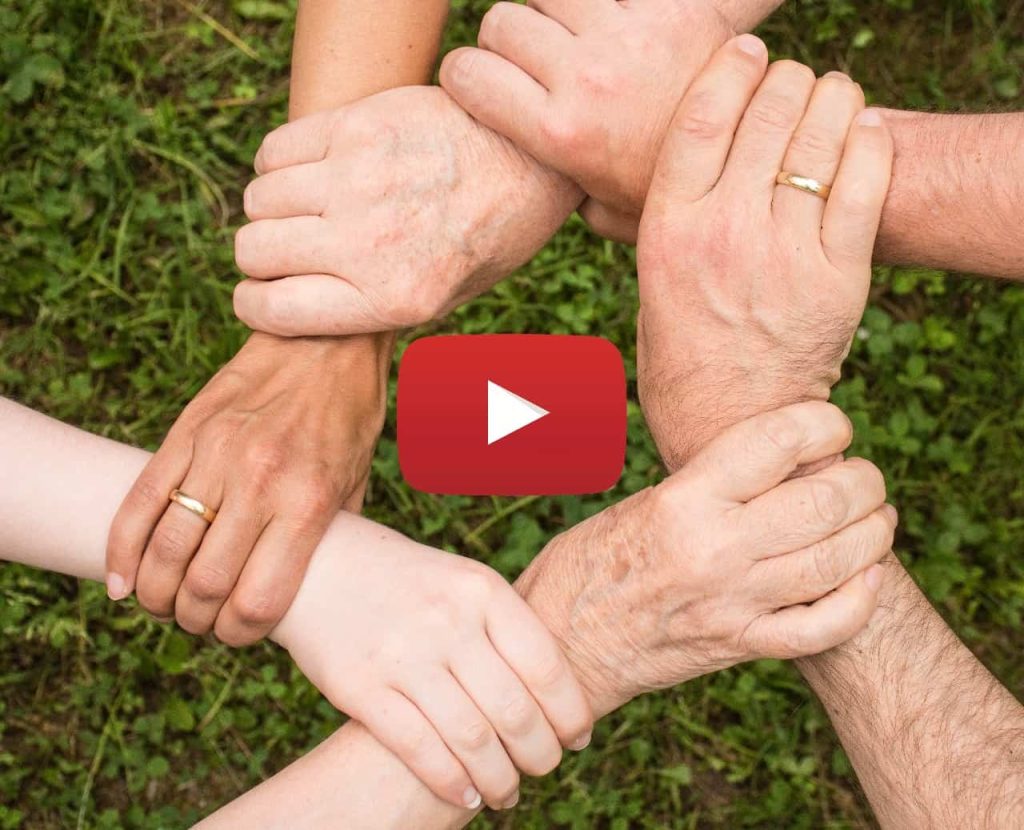“There are more ways than one to skin a cat.”
It’s a horrible old saying that dates to 1840, but there is another part to the saying that you don’t hear too often —
“so are there more ways than one of digging for money.”
This advice applies to YouTube monetisation too.
There are plenty of ways to make money from your YouTube channel apart from the obvious one of shared ad revenue from the YouTube Partner Program.
This post covers the latest rules for the YouTube Partner Program and offers a high-level overview of some alternative ways you can monetize a YouTube channel in 2021.
Here we go.
How Do I Make Money With the YouTube Partner Program?
The best way to approach making money on YouTube is to create a number of income streams. That way, if one bites the dust you still have others to fall back on.
But one method you should always aim to qualify for is the YouTube Partner Program itself. The YouTube Partner Program is where you earn a share of the advertising revenue YouTube makes from showing the short ads before, during, and at the end of videos.
There are five criteria to qualify, you must ―
- Have over 1000 channel subscribers.
- Have over 4000 hours of watch time in the last 12 months.
- Have registered for a Google AdSense account.
- Be in compliance with the content rules that YouTube sets.
- Be over 18 years of age (ideally).
Having 1000 channel subscribers is self-explanatory. It perhaps seems like a tough ask when you start, but once you begin to regularly put out good content, your sub-numbers can soon stack up.
4000 hours of watchtime relates to the videos that you’ve uploaded to your channel and had watched by others. Say you upload a 10-minute video and 100 people watch all of it, then you have 1000 minutes of watchtime. Don’t delete any of your videos when you start ― any video you remove also erases it’s watchtime from your account.
To register for a Google AdSense account you have to be at least 18 years old. Though if you are under 18 it may be technically possible to link the AdSense account of a parent to your YouTube channel.
Once you’ve met the criteria for the YouTube Partner Program, you still need to apply as It’s not something that happens automatically. Once you’ve applied you may need to wait as much as 30 days for a response as your account has to undergo a human review.
How much can you expect to earn?
According to Intuit, YouTubers, on average, earn $4 per 1000 video views. So to make $100 a day, you’d need to get around 25,000 video views a day.
YouTube doesn’t have to grant you monetisation, though, even if you meet all the criteria. It’s their platform and their rules. So if you do get rejected, or the YouTube Partner Program isn’t available in your country, there are still plenty of ways you can make money from the platform.
Let’s take a look at a few.
How Do I Make Money on YouTube With Endorsements?
Influencing is not a new thing. Businesses have paid prominent people money to promote their products for over a hundred years.
Once you’ve built up an audience for your channel in a niche that lends itself to promoting a product, you can register with an agency like Upfluence. Upfluence matches businesses with content creators to create influencing opportunities.
You don’t have to have a massive following to take advantage of influencing opportunities. But the amount you’re paid will depend on the size of your audience.
YouTube has launched an influencer hub too, called BrandConnect. Eligibility is restricted at the moment to creators located in the USA with over 25,000 channel subscribers.
It’s a fairly new venture for YouTube, so they may roll it out to new locations and relax entry conditions as time moves on.
Of course, you’re free to set up your own influencing opportunities by proactively approaching businesses yourself. Just make sure you have a large enough audience in a niche that plays well with your target company.
How much can you expect to earn?
Top earners can make thousands of dollars per video. But the cash you earn will depend on the size of your audience and the market niche you serve.
Starting with a small channel will likely mean that you only receive a free sample of the product you are endorsing, like a protein shake or an eyeliner for example.
How Do I Make Money on YouTube with Patreon?
You can make money with crowdfunding on YouTube, where you ask people to send you money directly. This is a method best left for those raising money for a good cause. And it could lead to a fraud claim if you aren’t transparent with what the requested money will be used for.
Much better, and a step away from crowdfunding, is using a service like Patreon.
Patreon allows you to create a page where you can distribute additional content not uploaded to your YouTube channel. You tap your fans for a small recurring monthly payment in exchange for access to exclusive content.
You can set several levels of subscription, and save you juiciest content for your top-level subscribers.
Patreon is like having your own pay-TV channel, and you have full control over the content and the schedule.
If you don’t want to commit to the extra workload that running a Patreon account brings on top of an already busy filming calendar for YouTube, consider using the Patreon pay per content model instead.
This lets you charge people to see bonus content as and when you make it.
How much can you expect to earn?
Patreon subscription prices charged by people are usually around the $4-$5 per month mark. This price is small enough for many people not to have to think too deeply about signing up.
And the recurring monthly payments are likely to continue, at least for a while, as many are too lazy to cancel them!
If you can get 1000 patrons paying you an average of $4 per month, then you have an income that most could live on.
Here’s an example from a small YouTuber with an associate Patreon account. Nate Maingard is a singer-songwriter with a little over 5K subscribers. Nate’s Patreon has three levels of subscription priced from around $5 up to about $100 for his biggest fans.

If you look at his Patreon page it says that he has 151 patrons, at the time of writing. You can’t see how that breaks down across the various levels, but he is making a minimum of $500 per month.
How Do I Make Money on YouTube with Merchandise?
You can sell products branded with your logo or channel identity and sell them on YouTube via a merch shelf.
YouTube says ‘The merch shelf allows eligible creators to showcase their official branded merchandise on YouTube. The shelf appears on the video page of eligible channels, but may not be shown on all video pages.’
To access the YouTube merch program, your channel needs 10,000 subscribers and not make content primarily aimed at kids. Your merch should also be visually appealing and desirable enough for your fans to want to buy it.
Some of the items that are best for branding and selling are everyday items that people are likely to make use of. Baseball caps, reusable water bottles, and mugs are all popular choices and cheap enough for an impulse buy.
Make sure that your designs are of good quality, so hire a designer from Fiverr or Upwork if need be.
You don’t need to buy and stock your merch products. You can sign up with a print-on-demand service that can sync with your YouTube merch shelf. When you get an order, it’s automatically sent to the print-on-demand provider who makes the product and ships it directly to the customer.
If you’re in the UK then Printful has a good service. For those elsewhere, YouTube has a page of recommended retailers.

How much can I expect to earn?
This is difficult to approximate. It all depends on your fans, the design, and how much you promote them in your videos. This Sellfy calculator tries to give you a rough idea. Sellfy reckons that 10,000 monthly video views could earn you between $340 and $1,740 from merch sales.
How Do I Make Money on YouTube with Affiliate Sales?
An excellent way to earn extra money from your YouTube channel is by seeking out affiliate sales.
This is where you act as a middle-man between a product seller and buyer. Basically, you are saying to your audience; ‘hey, I think [this product] is really good, you should go buy it’.
When someone buys a product that you recommended, and they followed a special link that identifies you as the referrer, then you earn a percentage commission on the deal.
The great thing about affiliate sales is that earnings are open-ended ― the sky’s the limit.
You can earn a few dollars when someone buys a cheap item on your recommendation. But you can earn hundreds of dollars per sale for more expensive things like premium training courses.
The easiest way to start making affiliate income on YouTube is by signing up with the Amazon Associate program.
You can pick a few products and highlight them in a video. Then, you link to the item using your affiliate link in the video details section underneath.
When a viewer follows the link and buys it you earn a commission. You also earn a commission if they buy something else too ―all sales are attributed to your referral link for that one shopping cart.
I include links to various products that I genuinely recommend in the video description for each one I upload.
How much can I expect to earn?
It’s impossible to say. How long is a piece of string? But you can easily make a living from affiliate sales only on YouTube, as long as you have enough video views.
Conclusion
Like the poor skinned cat I mentioned at the top of this post ― there are many ways to make money on YouTube.
But, your first focus should always be on growing your subscriber count and adding to your video stockpile. Like many things in life, there is a natural order to things on YouTube. One study from 2018 showed that 3% of YouTube channels had 90% of the total views.
To become a money-making powerhouse on YouTube, aim to be a 3-percenter. After that, you have as many ways as you want to earn money from YouTube in 2021 and beyond.




































































